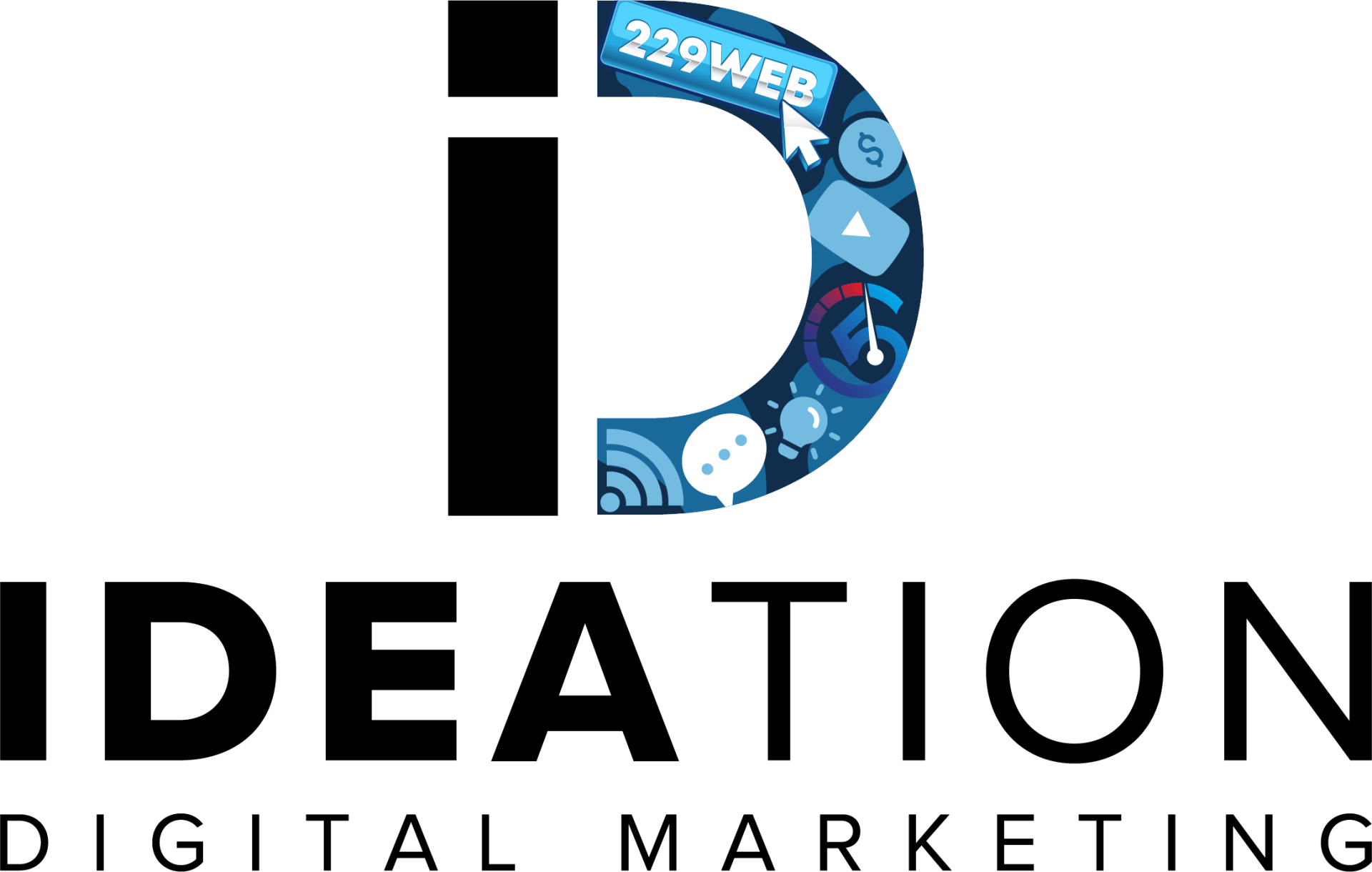222 Capitol Street, Suite 522
Charleston, WV 25301

Ideation Digital specializes in strategic marketing services that drive results for your business or organization, let us show you how our SEO Services can help grow your business on auto-pilot.
Is your online presence strong but your sales numbers remain disappointingly low?
Do you feel invisible online and know it’s affecting your sales growth?
Wondering if your business website actually brings in any customers?
Invested in online marketing but not seeing any increase in sales or customer inquiries?
The problem is there is more competition than ever for attention online and having a "good enough" online presence isn't good enough to get you customers anymore.
At Ideation Digital marketing we focus on building websites and SEO marketing programs that get you customers and leads, because why else would you invest in your small business marketing?
We understand the business saving impact of knowing you are getting consistent online leads from your website and online marketing. We are small business owners too.
That's why we only create online marketing that is optimized to produce sales and results. A.I. powered organic and comprehensive marketing systems that leverage the power of A.I. to create an online presence that actually makes the phone ring.

Want to discover how much not having an A.I. powered organic marketing system is costing your business already?
Get our digital marketing cheat sheet, made from a decade of experience in the industry, and customized for your business with exact steps to get consistent leads from your online marketing and finally feel like your online marketing investment is worth it!
How It Works
Here's what you get working with us:
Trust
We only recommend products and services that align opportunities with your goals. We focus on results for your business first.
Freedom
We manage all campaigns and assets for you. Need an update? No problem, send us an email, a text, or we will even create you a slack channel.
Growth
We don't just build websites, create SEO plans, and run ads for online marketing campaigns, we create comprehensive a.i. powered organic and paid marketing programs that bring you leads and customers.
See What Small Business Owners are Saying About Working with Ideation Digital



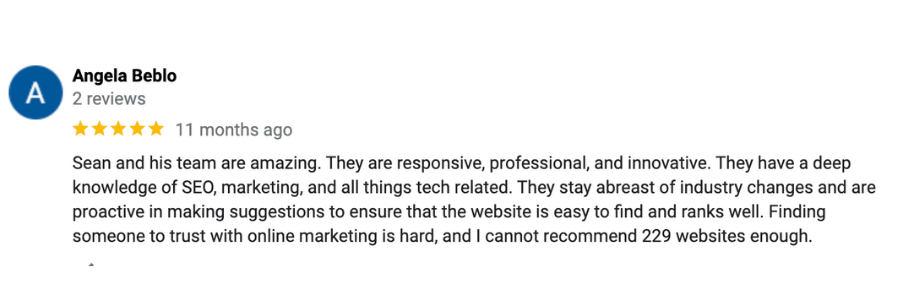
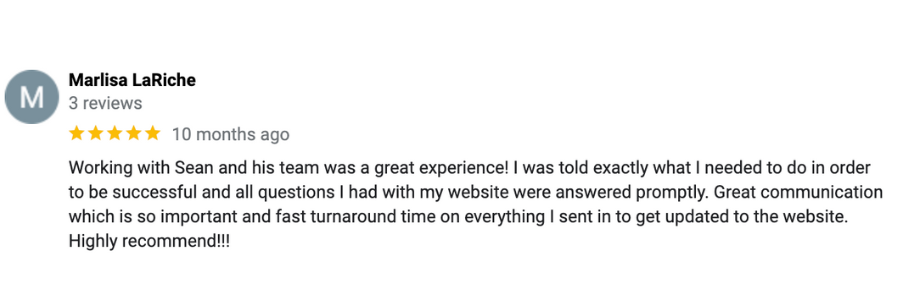

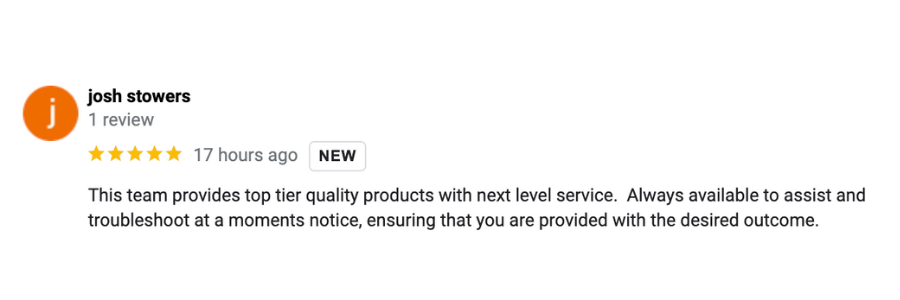
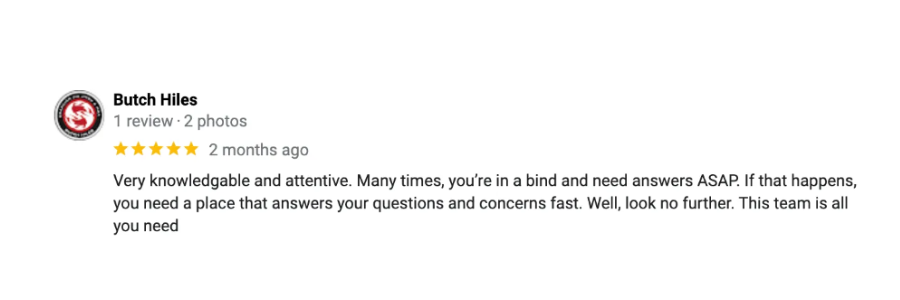
Social Media Marketing: Incorporating Influencer Marketing
The digital landscape is shifting beneath our feet, and brands can no longer afford to ignore the meteoric rise of influencer marketing. As a linchpin in today's social media marketing strategies, leveraging the power of influencers has never been more critical. Gone are the days when celebrity endorsements were the holy grail - now it's about authenticity, relatability, and trust. Brace yourselves as we delve into the expansive universe of Social Media Marketing: Incorporating Influencer Marketing, transforming how you perceive, plan, and prosper from your online promotional activities. Prepare for a paradigm shift that will revolutionize your marketing game plan!
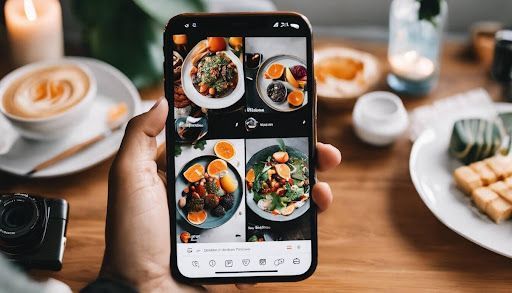
Influencer marketing, a vital component of social media marketing, utilizes endorsements and product mentions from influential individuals known as influencers. These individuals possess a dedicated following on social media and are viewed as experts in their respective niches. By partnering with influencers, brands can reach their target audience more effectively and generate brand awareness, engagement, and conversions. To implement successful influencer marketing campaigns, it is important to choose the right influencers based on relevance to your brand, engage in authentic collaborations, and clearly define goals.
The Relevance of Influencer Marketing
In today's competitive space, social media marketing has emerged as an indispensable tool. In particular, influencer marketing finds significance as a powerful tool in any marketer's arsenal. As people increasingly distrust traditional advertising, authentic endorsements from influencers can boost brands' images and reach a broader demographic.
For instance, Khabe Lame became the most followed creator on TikTok with 2.4 billion likes and 162 million followers without speaking. This demonstrates how easily influencers can sway consumer behavior and augment business growth with their widespread appeal.
Influencer marketing is a type of marketing that involves endorsements and product mentions by individuals who have a highly engaged following on social media platforms like Facebook, Instagram, Twitter, YouTube and Tiktok, among others. By tapping into these creators’ online status, the brand aims to leverage their credibility and authenticity to increase its own relevance among the audience they influence.
Influencers are categorized based on the number of followers' micro-influencers (10k-100k), macro-influencers (100k-1m), and mega-influencers (above 1 million).
Micro-influencers lead the top influencer trends in 2024 as they have higher engagement rates, personalized interactions leading to increased conversion rates, and offer cost-effective partnerships compared to their larger counterparts.
Regardless of their category, selecting an influencer requires assessing metrics like engagement rate, quality of posts/content consistency rate in terms of existing brand or personal ethics overlap with said brand or product.
Defining Influencer Marketing in Social Media
Category of Influencers and Their Selection
As mentioned earlier, there are three categories of social media influencers. Selecting the right influencer category for your brand is essential to ensure that you reach your target audience effectively.
01
First, we have influencer categories based on follower count. As outlined in our notes, micro-influencers, nano-influencers, mid-tier influencers, and macro-influencers/mega-influencers exist. Micro-influencers tend to have a more niche audience, while macro-influencers have a much broader reach. Note that follower count should not be the only factor considered when selecting an influencer.
02
The second category of influencers revolve around content/niche. When choosing this type of influencer, it's crucial to consider the type of content they produce. This will be key in ascertaining whether their audience aligns with your brand identity.
03
Lastly, influencers can be categorized by occupation or brand affiliation. These types of influencers tend to work directly with the brand whose products they endorse. For instance, a sports shoe company might work with a famous athlete who would actively promote their products.
Choosing the Right Influencer for Your Brand
Making an informed decision when choosing an influencer requires thorough research and understanding of both your brand and the potential influencer's reputation. It's important to assess their relevance to your audience and how their previous collaborations reflect on both parties.
Begin by considering your brand identity along with your targeted demographic. Which influencer aligns with these factors? He or she must embody the values and vision of your brand and appeal to your specific audience.
Next, assess the potential return on investment from each potential collaboration - Will their followers convert into customers? Also, consider whether they are genuinely passionate about your product or service. Lackluster enthusiasm can dampen campaign effectiveness.
For example: if you run a motor company, it would make sense to collaborate with someone in the automobile industry - an expert in racing cars or enthusiasts who boast information regarding car performance and upgrades. They could create compelling videos like "top 10 most exotic cars" or reviews that cater primarily to car enthusiasts.
Influencer marketing initiatives also work best when the campaign relays a natural experience of your product, rather than a forced promotional effort. The influencer's followers are more likely to engage with organic promotional content.
Lastly, consider whether the potential partner has reasonable pricing for their services or whether there is adequate room for adjustment without compromising on quality.
Elements of an Effective Influencer Marketing Campaign
Incorporating influencer marketing into your social media strategy could lead to significantly increased engagement, website traffic and conversions. However, simply selecting any influencer or creating random content won't deliver maximum ROI. It's essential to create effective campaigns that resonate with your target audience and are aligned with your brand values.
So what are the elements of an effective influencer marketing campaign?
Think of it like baking a cake – you need all the right ingredients in the right quantities and have an excellent recipe to produce a delicious end product.
Firstly, consider what goals you want to achieve and identify key performance indicators (KPIs) that reflect these objectives. Common KPIs include reach, impressions, engagement rate, clicks and conversions.
Next is identifying suitable influencers who resonate with your target audience. Ensure they have relevant platforms such as a blog or Instagram account with a significant following - usually over 10k followers. Analyze their engagement rates carefully and ensure their content aligns with your goals, values and ethos.
Finally, create compelling branded content that not only resonates with the influencer's followers but also directly addresses your target market's needs and desires. Doing this adds further synergy between brand messaging social proof from influencers.
Crafting and Executing Campaigns
Once you've built effective campaigns' base, crafting and executing them should be much easier. Crafting an effective campaign involves determining the tone of messaging within set budgets, posting schedules and content types.
For example, if you're targeting millennials who value authenticity and transparency from brands, authentic posts vlogging over scripted ones may work better. Then choose specific products or services - service offerings over promotional text - within budgetary constraints.
Next comes execution- coordination of logistics surrounding paid partnerships with influencers to ensure that campaigns launch on time without a hitch. Execute a soft launch to test content and messaging before the actual post.
Suppose a gaming company is launching a software update for its latest game. In that case, it could partner with an influencer who can offer gaming reviews, walk-throughs or gameplay to followers. The influencer could share in-game clips or images whiling discussing how great the update is by mentioning the new features and benefits are clearly matched with target audiences' needs.
It's essential to track KPIs and metrics to gauge ROI and optimize campaigns accordingly continually. Social media management tools like Hootsuite and Buffer also helps schedule content in advance, so campaign messages are published on time without manual intervention.
Tracking and Optimizing Influencer Marketing Performance
Tracking and optimizing influencer marketing performance is crucial to ensure that your campaigns meet your objectives. To do this, you need to define key performance indicators (KPIs) that measure the effectiveness of your influencer marketing efforts. As mentioned earlier, the top eight influencer marketing KPIs to track in 2024 are brand awareness, engagement, conversions, audience growth, click-through rate (CTR), traffic, ROI, and brand sentiment.
Let's say your goal is to increase brand awareness for a new product launch. You can track KPIs such as reach, impressions, and video views to determine how well the campaign is performing. If you notice that engagement remains low despite high reach numbers, it may be time to optimize your content or make changes to the influencers you're working with.
| KPI | What is measures? | How to optimize |
|---|---|---|
| Brand Awareness | Reach, Impressions, Video Views | Use engaging visuals and tag influencers in posts |
| Engagement | Likes, comments, shares | Optimize content and work with micro-influencers |
| Conversions | Sales, clicks | Offer exclusive offers or discount codes |
| Audience Growth | Follows, Email sign-ups | Host giveaways or contests |
| Click-through rate (CTR) | Measures link clicks | Ensure calls-to-action are clear and compelling |
| Traffic | New eyes on website or landing page | Tailor content to audience interests |
| Return on Investment (ROI) | Revenue vs total spend | Work with influencers who have a proven track record of generating conversions |
| Brand Sentiment | Brand Sentiment | Monitor feedback and sentiment analysis tools |
Optimizing influencer marketing performance is like creating a sculpture; it takes time and strategic planning. Each small adjustment can have a big impact, so it's crucial to pay attention to the details and make changes accordingly.
In conclusion, tracking and optimizing influencer marketing performance is essential to ensure your campaigns meet their objectives. By defining KPIs and monitoring them closely, you can identify areas for improvement and make data-driven decisions that lead to more effective influencer marketing campaigns.
- In 2024, tracking and optimizing influencer marketing performance is crucial for successful campaigns. Defining key performance indicators (KPIs) such as brand awareness, engagement, conversions, audience growth, CTR, traffic, ROI, and brand sentiment is essential. By tracking these KPIs, marketers can assess the effectiveness of their influencer marketing efforts.
To optimize influencer marketing
performance, it's important to make
strategic adjustments based on the specific
KPIs being tracked. For example, for brand
awareness, using engaging visuals and
tagging influencers in posts can enhance
reach and impressions. To improve
engagement, optimizing content and
working with micro-influencers might be
beneficial.
Other optimization strategies include offering exclusive offers or discount codes to increase conversions, hosting giveaways or contests to drive audience growth, ensuring clear and compelling calls-to-action for a higher CTR, tailoring content to audience interests to boost traffic, working with influencers who have a proven track record of generating conversions to improve ROI, and monitoring feedback and sentiment analysis tools to manage brand sentiment.
Optimizing influencer marketing performance requires careful attention to detail and making data-driven decisions. Each adjustment made can have a significant impact on campaign success. By tracking KPIs closely and making necessary changes based on the insights gained, marketers can create more effective influencer marketing campaigns that meet their objectives.

Main Office
222 Capitol Street, Suite 522
Charleston, WV 25301
other offices
48 1/2 Second Ave, Williamson, WV 25661
20 Clinch Mountain Ave, Lebanon, VA 24266,
Contact
DIGITAL MARKETING SERVICES
All Rights Reserved | Ideation Digital
Private Policy
All Rights Reserved | Ideation Digital
